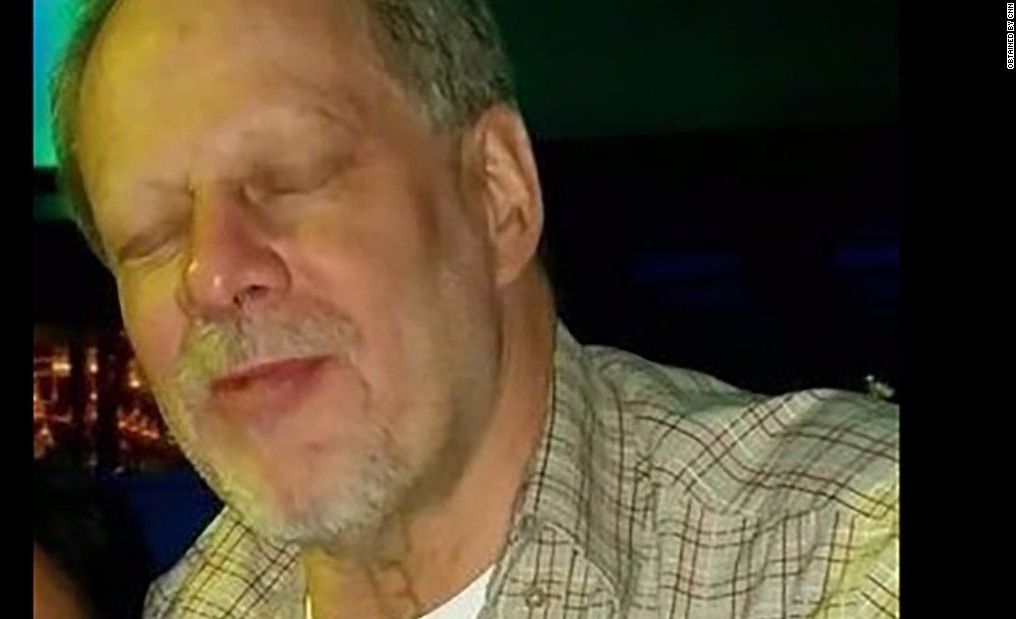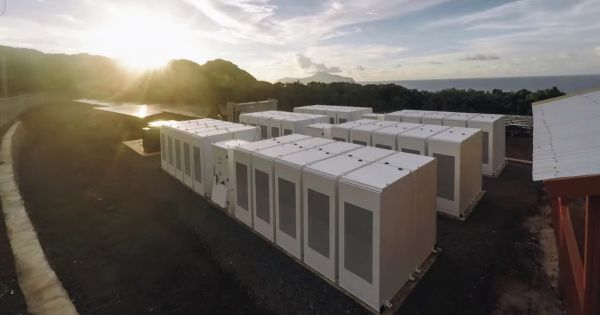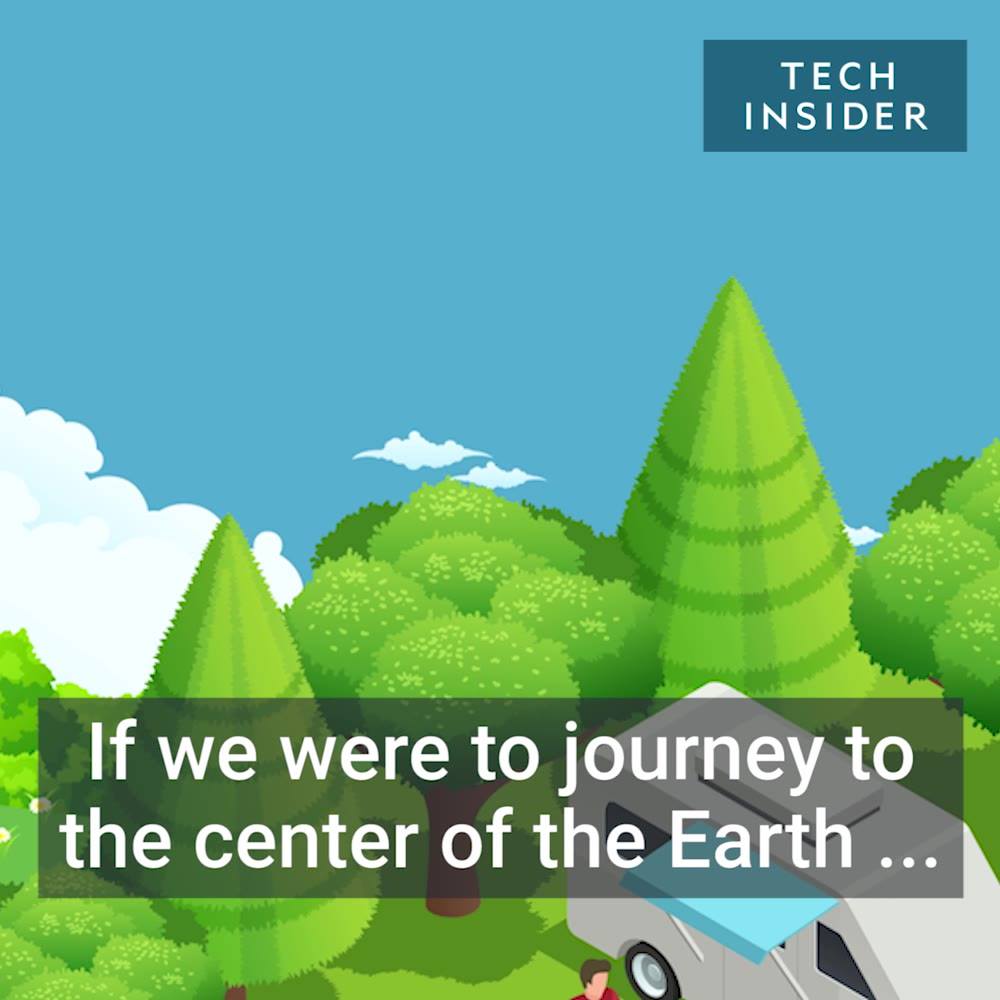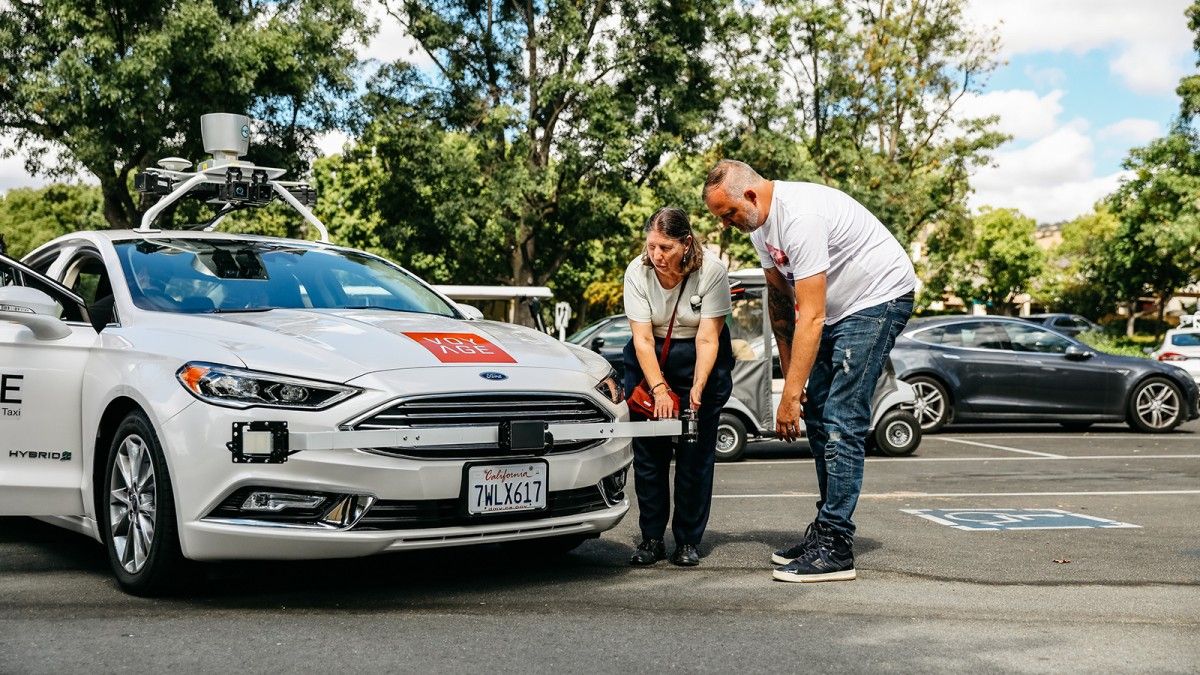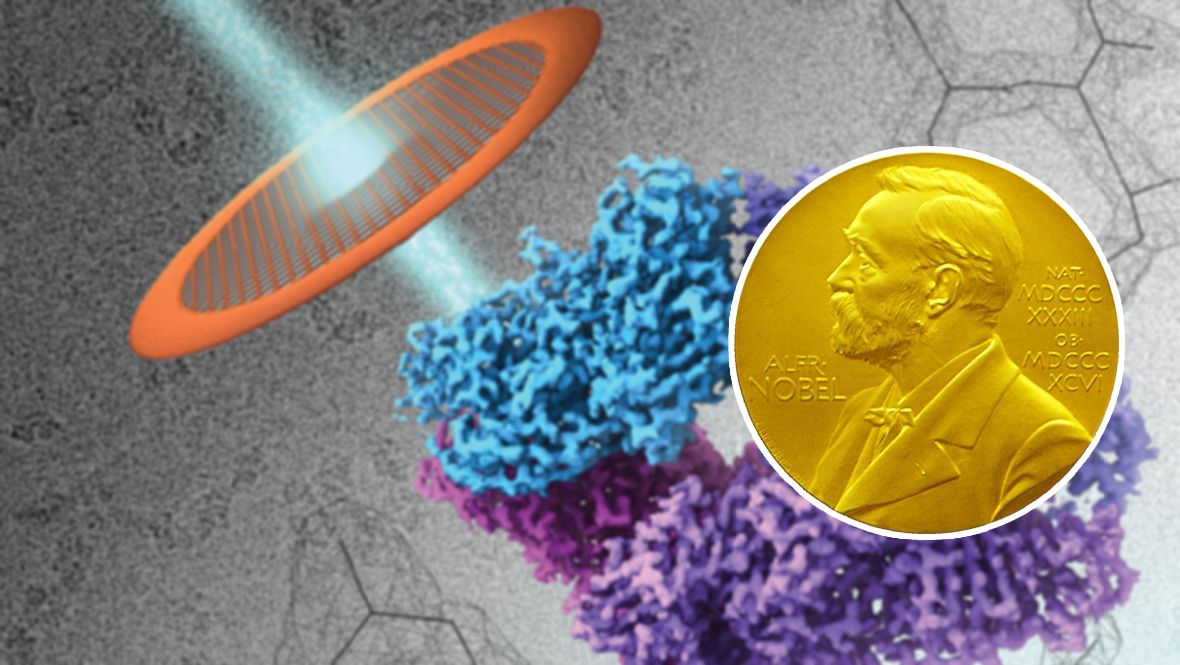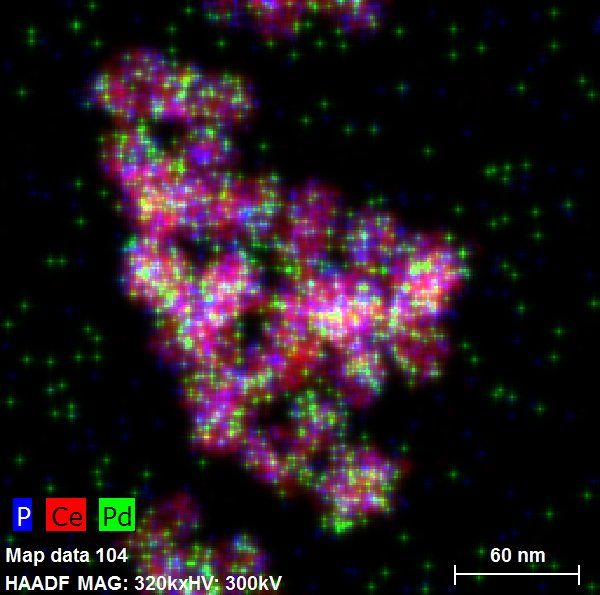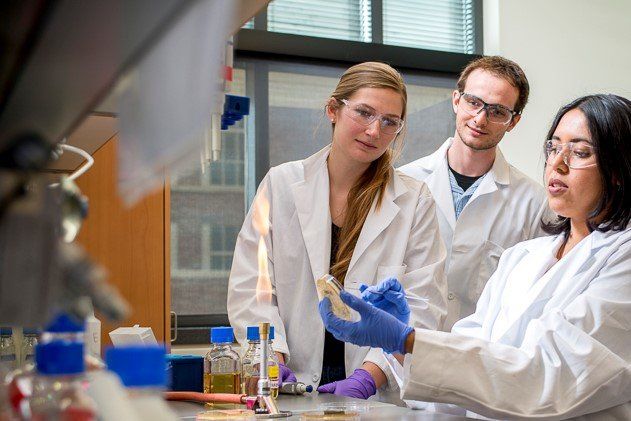Stephen Paddock’s brother has speculated, “something went wrong in his head.” David Eagleman asks, what precisely was it? We know little about Paddock but quite a bit about biological factors that can be associated with violent behavior, Eagleman says”
“David Eagleman directs the Center for Science and Law and is an adjunct professor of neuroscience at Stanford University. He is the writer and presenter of the PBS series, “The Brain with David Eagleman,” and the author of the New York Times bestseller, “Incognito: The Secret Lives of the Brain.” The opinions expressed in this commentary are his own.”
‘In the wake of the mass shooting in Las Vegas, Stephen Paddock’s brother Eric speculated, “something went wrong in his head.” But what precisely was it?”
